In the world of transportation and logistics, semi-trailer bottom dump trucks play an indispensable role. Their unique design and operational capabilities make them essential for a variety of applications, from construction sites to mining operations. In this article, we delve into the intricacies of how these trucks operate, explore their advantages and disadvantages, and provide insights into their importance in the hauling industry.
What is a Semi-Trailer Bottom Dump Truck?
A semi-trailer bottom dump truck is a specialized vehicle designed for the efficient transport and unloading of bulk materials. Unlike traditional dump trucks that unload from the rear, bottom dump trucks feature a bottom discharge system, which enables them to unload their contents directly onto the ground or into a designated area without needing to maneuver the truck extensively.
Components of a Bottom Dump Truck
Understanding how a semi-trailer bottom dump truck works necessitates a closer look at its key components:
| Component | Function |
|---|---|
| Trailer Frame | Provides structural support and stability. |
| Dump Body | Holds the bulk material during transport. |
| Hydraulic System | Enables the lifting and lowering of the dump body. |
| Tarp System | Covers the load to prevent spillage and protect materials. |
| Landing Gear | Stabilizes the trailer when detached from the truck cab. |
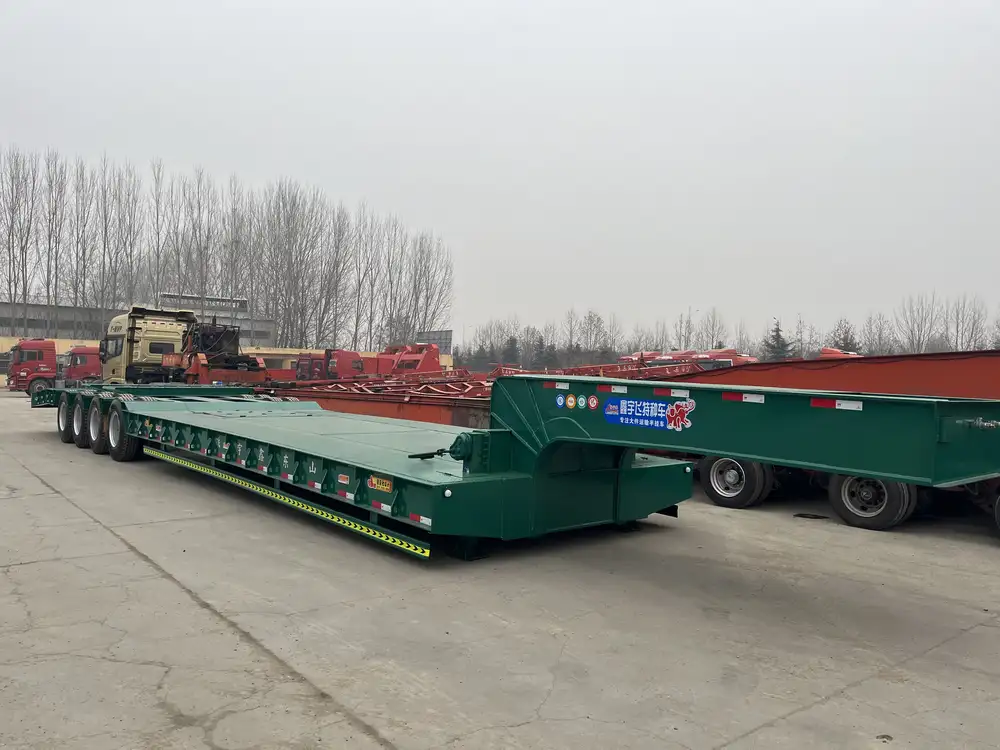
The Working Principle of Bottom Dump Trucks
Understanding the working principle of semi-trailer bottom dump trucks involves examining several crucial operations. Here’s a thorough breakdown:
Loading:
- Bulk materials are loaded into the trailer through the top. This is typically done via a loader or conveyor system.
- The design of the dump body is such that it can accommodate various types of materials, including gravel, sand, and asphalt.
Transportation:
- Once loaded, the semi-trailer bottom dump truck is connected to a tractor unit. This combination makes it ideal for long-haul transportation.
- The truck can maintain stable handling characteristics due to the low center of gravity provided by the trailer’s design.
Unloading:
- To unload, the hydraulic system activates, raising the front of the dump body.
- The distinct advantage of bottom dump trucks lies in their ability to precisely discharge material using dual gates located at the rear bottom of the trailer.
- The operator can control which side to empty, allowing for flexible placement of the material.
Discharge Control:
- The hydraulic system allows for precise control of the material flow, giving operators the ability to disperse loads evenly over a worksite.
- This is particularly beneficial in applications such as road construction, where uniform material distribution is crucial.
Advantages of Semi-Trailer Bottom Dump Trucks
Exploring the operational aspects of bottom dump trucks reveals a range of advantages:
1. Versatility in Material Handling
Bottom dump trucks can transport various materials, including gravel, sand, soil, and even recycled materials. This versatility expands their utility across different industries, from construction to agriculture.
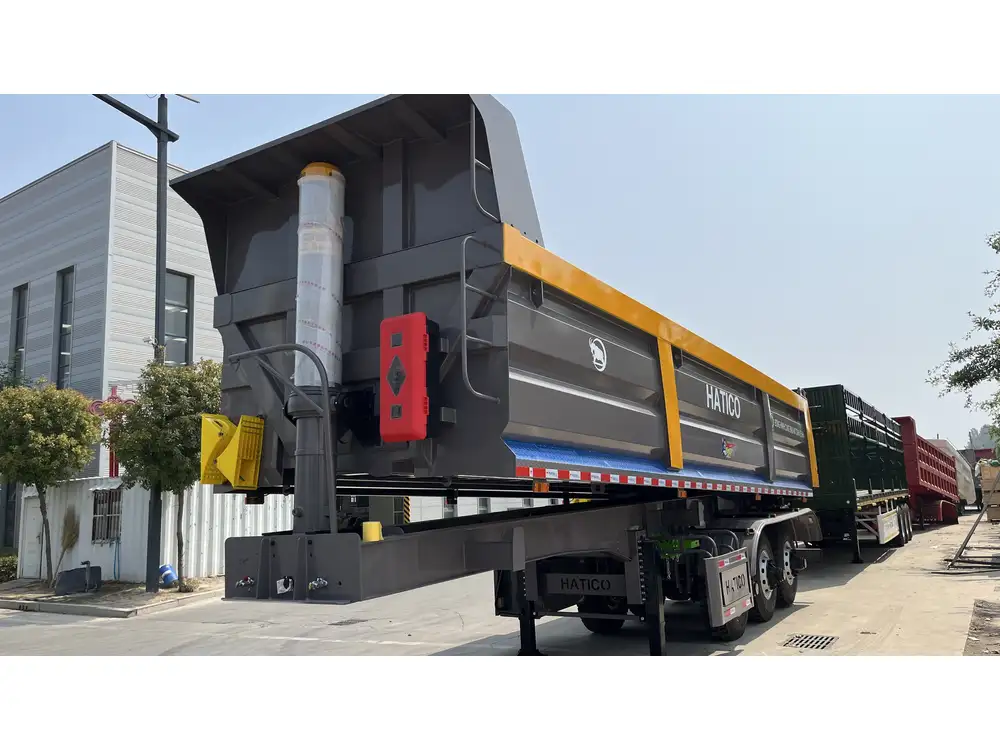
2. Enhanced Efficiency
The bottom discharge mechanism allows for quicker unloading compared to traditional dump trucks. This efficiency translates to reduced downtime at job sites.
3. Precision Delivery
Operators can control where the material is unloaded, facilitating strategic placement of materials without requiring additional equipment or maneuvering.
4. Lesser Impact on Worksites
By utilizing bottom dump trucks, companies can minimize the disturbance caused by unloading. The ability to distribute material evenly reduces the need for further land adjustment.

5. Reduced Spillage
The integrated tarp system prevents material loss during transport, ensuring that loads are delivered intact.
Disadvantages of Semi-Trailer Bottom Dump Trucks
Despite their advantages, bottom dump trucks come with certain drawbacks:
1. Higher Initial Cost
The advanced design and hydraulic systems typically result in a higher initial purchase cost compared to standard dump trucks.
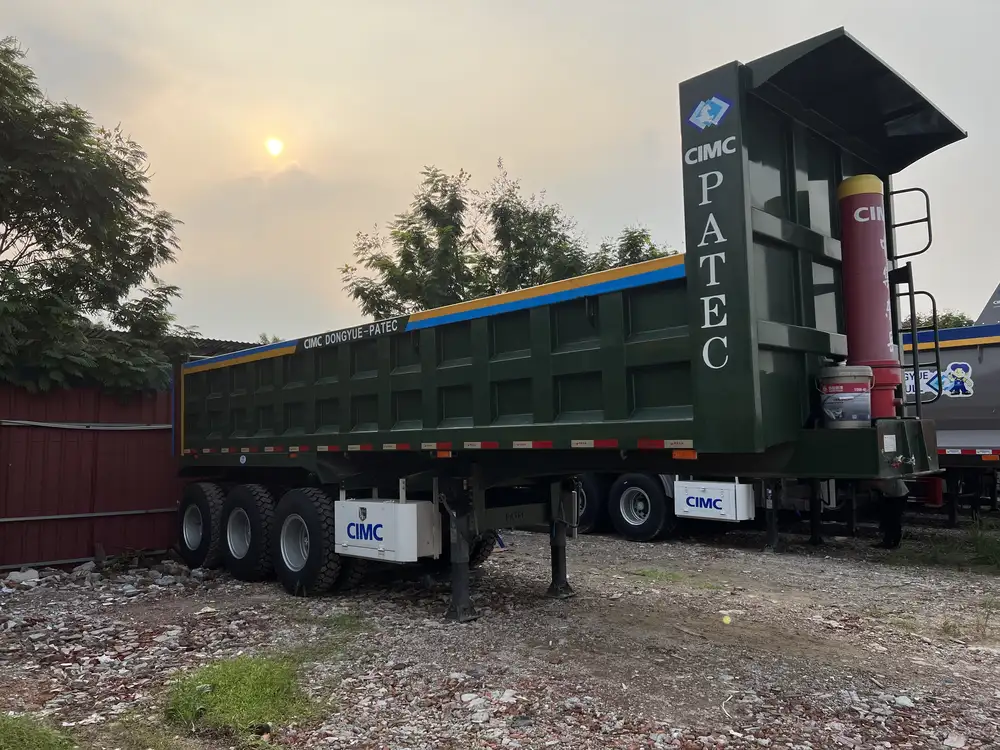
2. Maintenance Requirements
The hydraulic components of a bottom dump truck may require frequent maintenance or repairs, which can lead to higher operational costs over time.
3. Skill Requirements for Operators
Effective operation of a bottom dump truck requires trained operators who are familiar with the truck’s unique unloading mechanisms.
4. Limited Maneuverability
While bottom dump trucks are efficient for unloading, their longer length and design can make them less maneuverable in tight spaces compared to smaller vehicles.

Applications of Semi-Trailer Bottom Dump Trucks
The utility of bottom dump trucks spans a wide range of applications. Below are key sectors that commonly leverage their capabilities:
Construction and Road Work
- Grading and Leveling: Essential for preparing and leveling ground surfaces.
- Asphalt Delivery: Ensures the even spread of asphalt for road paving projects.
Mining and Aggregate Transport
- Ore Transport: Effectively moves minerals and materials from extraction sites to processing facilities.

Agriculture
- Soil and Fertilizer Distribution: Facilitates the precise application of soil amendments on fields.
Waste Management
- Recycling Materials Transport: Efficiently moves bulk quantities of recycling materials, minimizing spillage.
Safety Considerations
Operating semi-trailer bottom dump trucks involves several safety considerations to protect operators and bystanders:
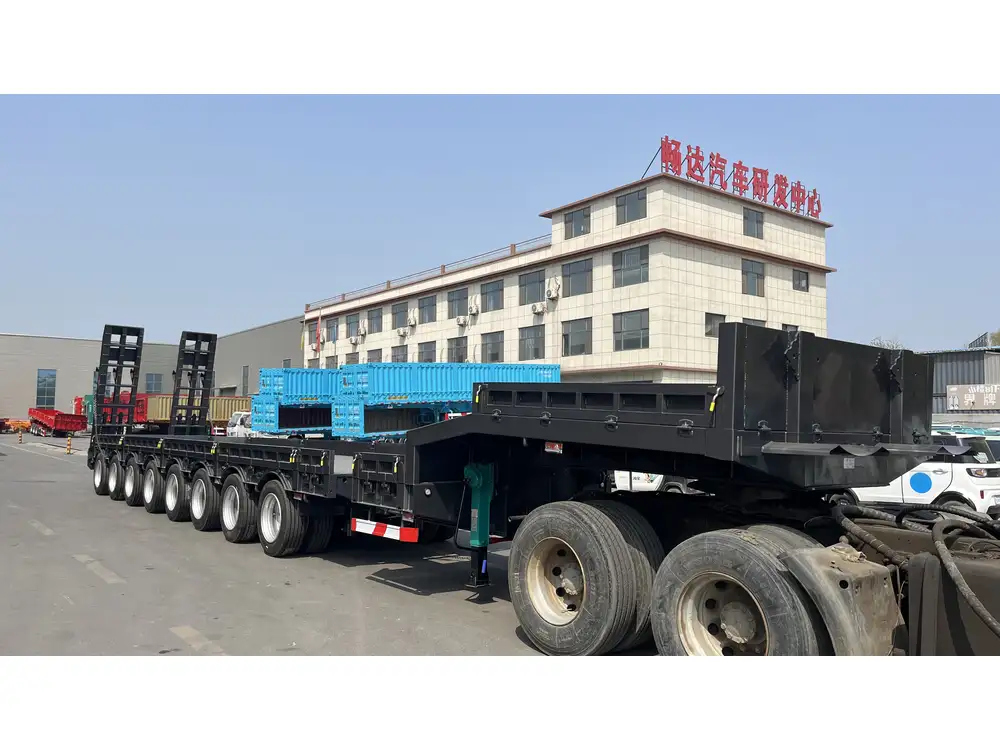
1. Training and Certification
Operators must have sufficient training in operating bottom dump trucks, including knowledge of the hydraulic systems and load management.
2. Regular Inspections
Daily inspections of hydraulic systems, brakes, and structural integrity are essential to ensure safe operation.
3. Load Management
Understanding the weight limits and load distribution is critical for maintaining vehicle stability on the road.
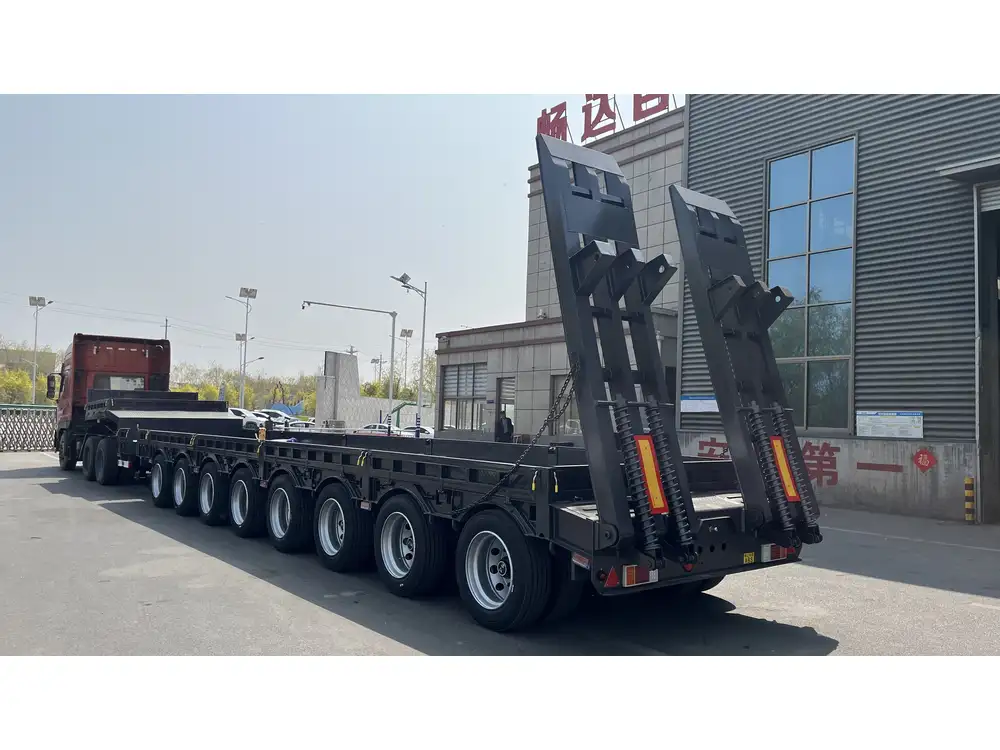
4. Emergency Protocols
Establishing emergency procedures for potential hydraulic failures or accidents is vital to safeguard operators and crew members.
Future Trends in Bottom Dump Truck Technology
As technology progresses, the future of semi-trailer bottom dump trucks looks promising. Here are a few trends we anticipate:
1. Automation and Smart Technology
The integration of smart technology could lead to automated unloading processes, significantly reducing the need for manual intervention.

2. Fuel Efficiency Improvements
Advancements in engine technologies and aerodynamics are expected to enhance fuel efficiency, lowering operational costs and reducing environmental impact.
3. Enhanced Material Tracking
Future innovations may include GPS tracking systems that provide real-time data on material locations and application areas.
Choosing the Right Bottom Dump Truck
When selecting a semi-trailer bottom dump truck, several critical factors should be considered:

1. Capacity Requirements
- Ensure the dump truck’s capacity aligns with your specific hauling needs.
2. Build Quality
- Examine the materials and construction quality to ensure durability and performance.
3. Hydraulic System Efficiency
- Evaluate the hydraulic system to determine its responsiveness and maintenance needs.
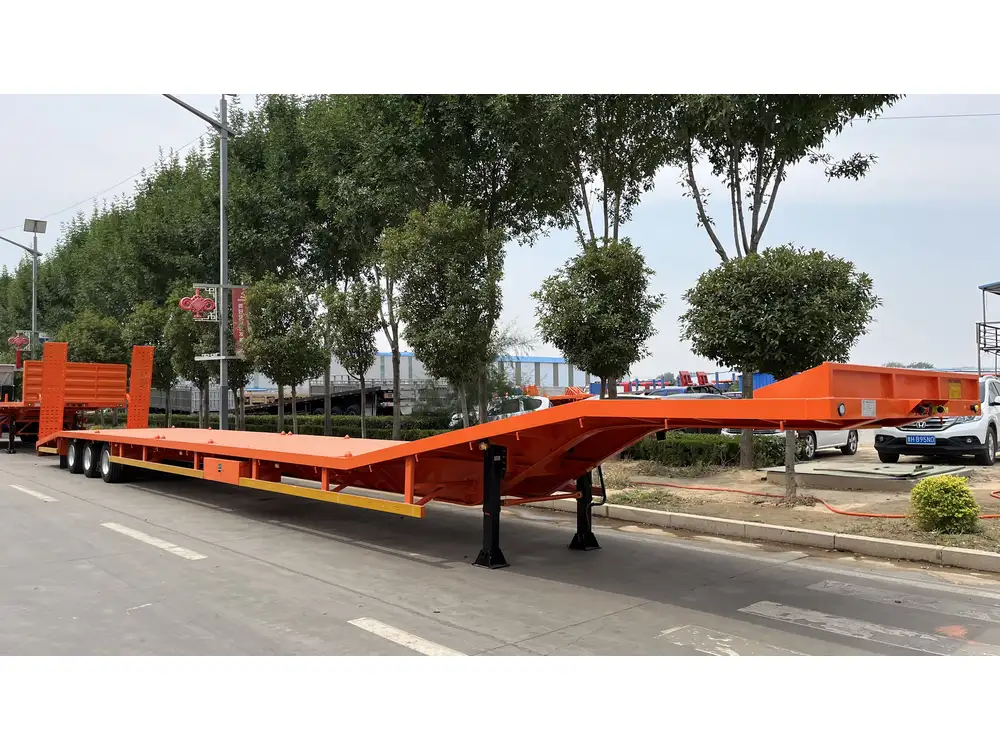
4. Manufacturer Reputation
- Research manufacturers to select a company with a solid reputation for quality and after-sale support.
Conclusion
Understanding how a semi-trailer bottom dump truck works unveils not only the mechanics behind its operation but also its pivotal role in various industries. By grasping the intricacies of loading, transportation, and unloading, stakeholders can leverage these powerful vehicles for enhanced efficiency and productivity in handling bulk materials. The versatility, precision, and reduced environmental impact make bottom dump trucks an excellent choice for companies looking to improve their operations.
In conclusion, as you evaluate your options in hauling solutions, consider the unique advantages and capabilities of semi-trailer bottom dump trucks. Their strategic advantages in unloading and material management could be the key to optimizing your operational workflow.



